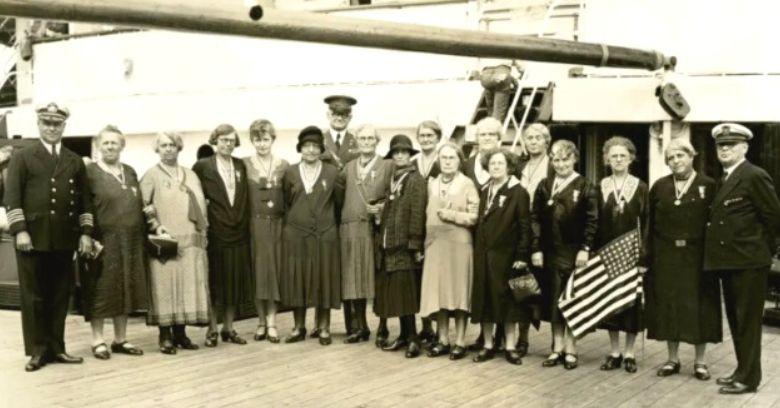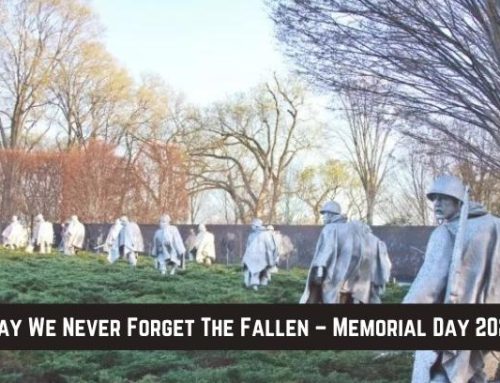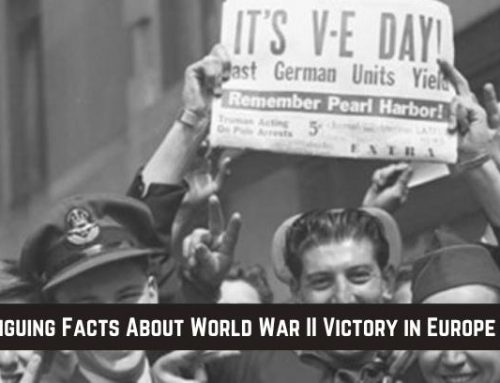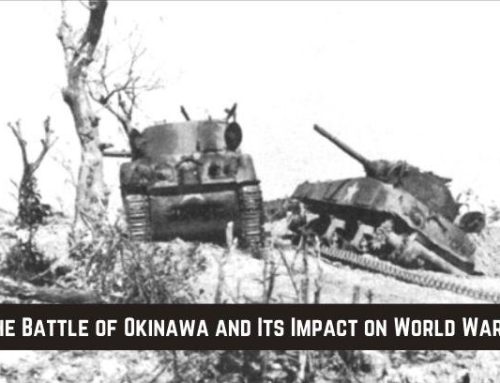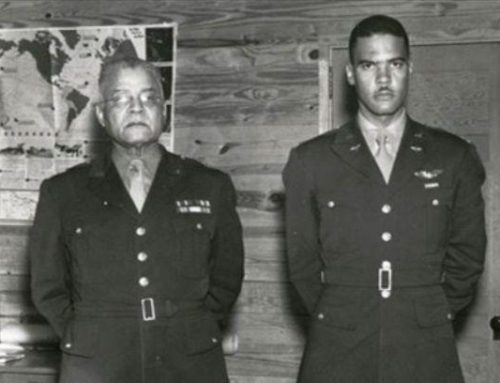Visiting The Lost – Gold Star Mothers and Widows Pilgrimages
The loss of a son, daughter, or spouse involved in a military conflict is a pain that no parent wishes to endure, the worst part of having a family member who stands up to protect the United States by taking an active military role.
Though parents have lost their children and women their husbands in battles for generations throughout history, the plight of the mothers and widows of World War I was heard loud and clear by the American government.
Gold Star mothers and wives, those displaying the honorable gold star that signified a lost child or husband on their personal flags, wishing to visit the gravesites of their loved ones were allowed to do so in what became the iconic Gold Star Mothers and Widows Pilgrimages.
The Gold Star and Formation of Women’s Support Groups
As the battles of World War I waged on, more and more wives and mothers were presented with ceremonial gold stars, a symbolic remembrance of their deceased loved one killed in battle.
The stars were pinned to American flags and displayed in windows where anyone passing a house could see that a child or spouse had been lost to the war.
Known as Gold Star Mothers and Widows, these gold stars were all that many of these women had left to remember their loved ones with and in an effort to provide support to each other, an official organization was formed.
Started by the wife of a deceased pilot who had spent months wondering about the fate of her husband when his letters to home stopped, the first group began with just 25 members.
As the idea spread, more groups popped up throughout the country as the war waged on and more soldiers were confirmed to have died.
After being recognized by the American Legion, the American Gold Star Mothers, Inc. (AGSM) was recognized federally in 1928 and the groups all joined together under one name.
Together, they provided support and care for each other and promoted the remembrance of sons and husbands lost in the war.
Congress Approves Funding of Gold Star Pilgrimages
One of the most heartbreaking problems that the Gold Star mothers and wives faced after the war was the government’s decision to leave many soldiers buried in cemeteries overseas in American Battle Monument Commission (ABMC) cemeteries.
While the government had approved post-wartime pilgrimages for wives and mothers to travel abroad at their own cost to visit the graves and battle sites of their family members, the AGSM petitioned for years to gain government funding, as most could not afford such a trip.
While the logistics of arranging these trips were being made by Congress in conjunction with the AGSM, Congress did eventually agree to fund these pilgrimages with legislation signed in March of 1929 by President Coolidge.
Five million dollars was earmarked to provide travel and lodging to mothers, wives, and some fathers, all traveling abroad to visit the gravesites of their lost sons and husbands, a pilgrimage that began in 1931 and lasted for over two years.
In total, 14,000 women were eligible to make the trip, with 6,654 taking up the offer and visiting the gravesites of their loved ones abroad.
Gold Star Mothers Day Today
After the Gold Star pilgrimages ended toward the end of 1933, an effort was made to create some other way to keep alive the memories of those lost as well as the sacrifices made by their mothers and wives, with Congress commemorating a special day of remembrance in 1936.
Designated as the last Sunday in September, Gold Star Mothers Day became recognized as a day to pay tribute to the parents and spouses holding a Gold Star from WWI and for family members to honor their loved ones lost during the war.
Today, Gold Star Mothers Day is still recognized and observed each year via Presidential proclamation as a means of remembering and honoring the many servicemen and women lost while on active duty and the sacrifices made by their families.

